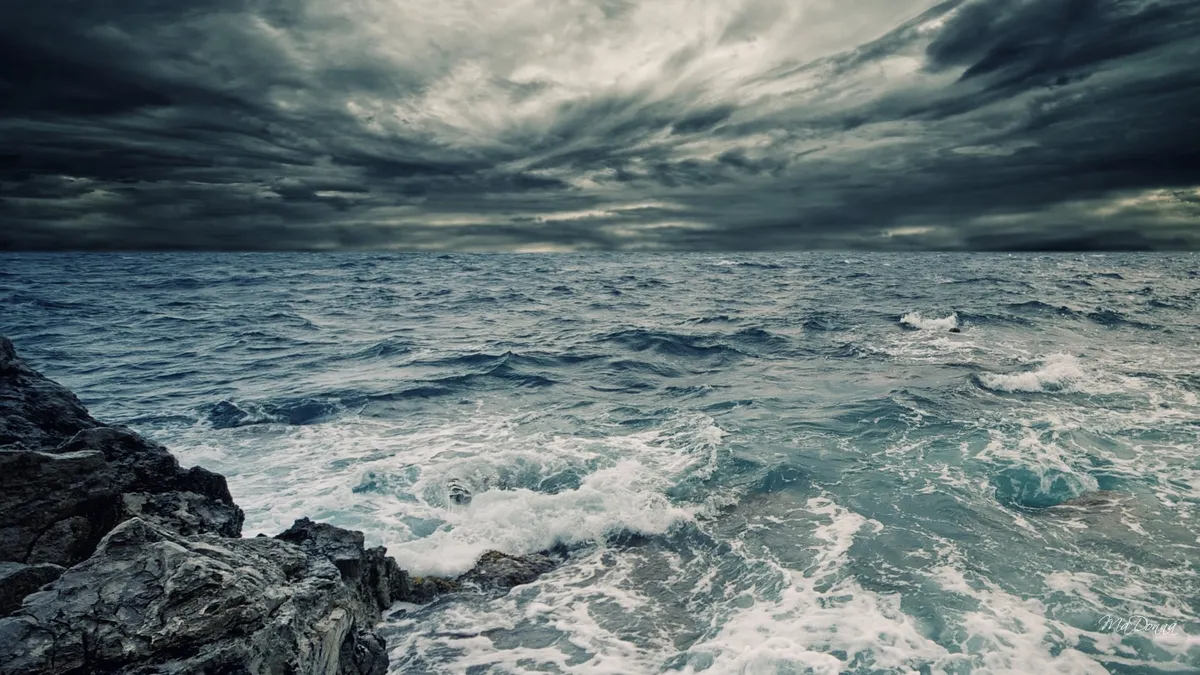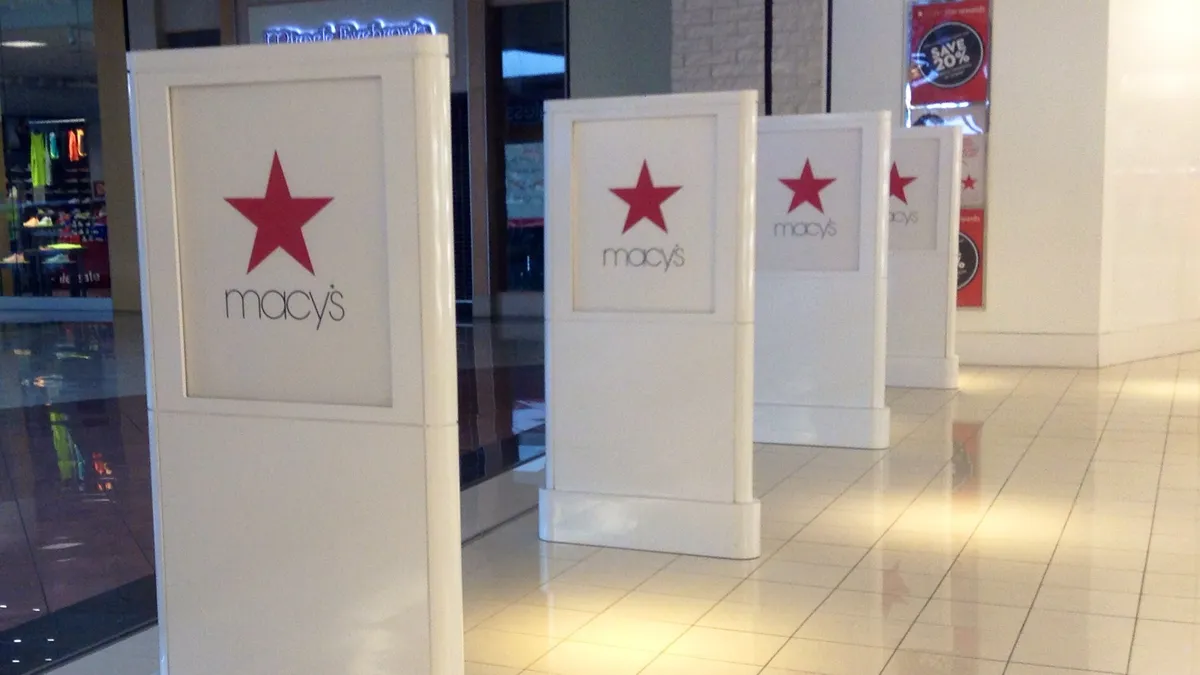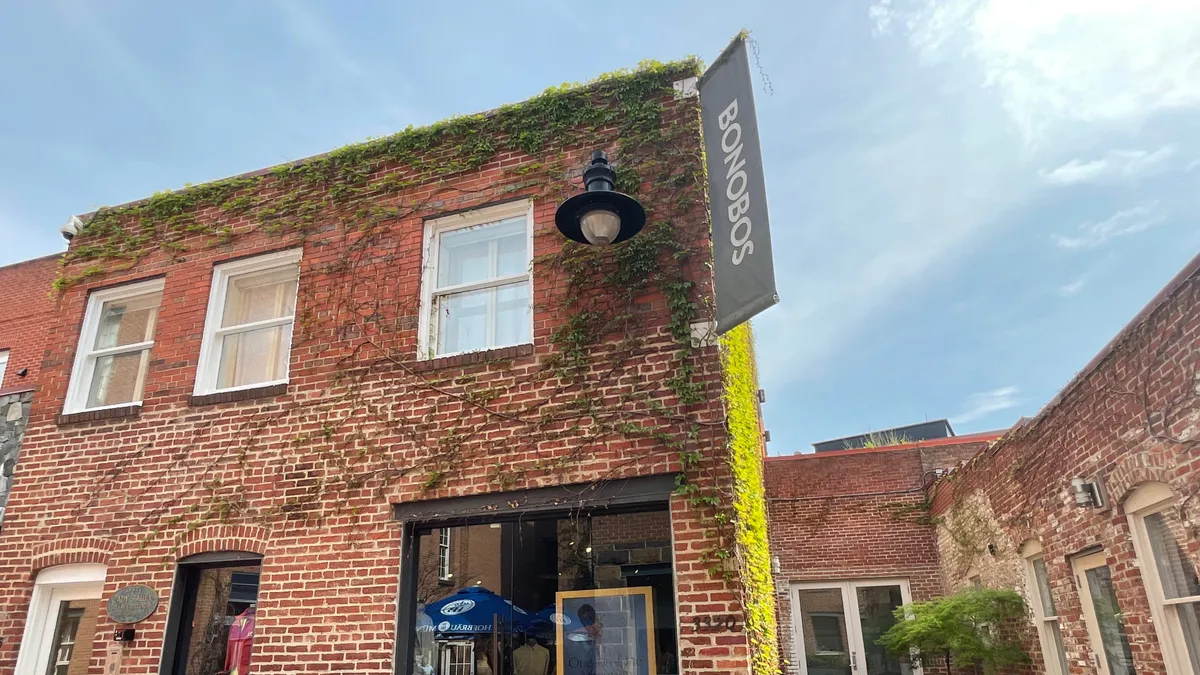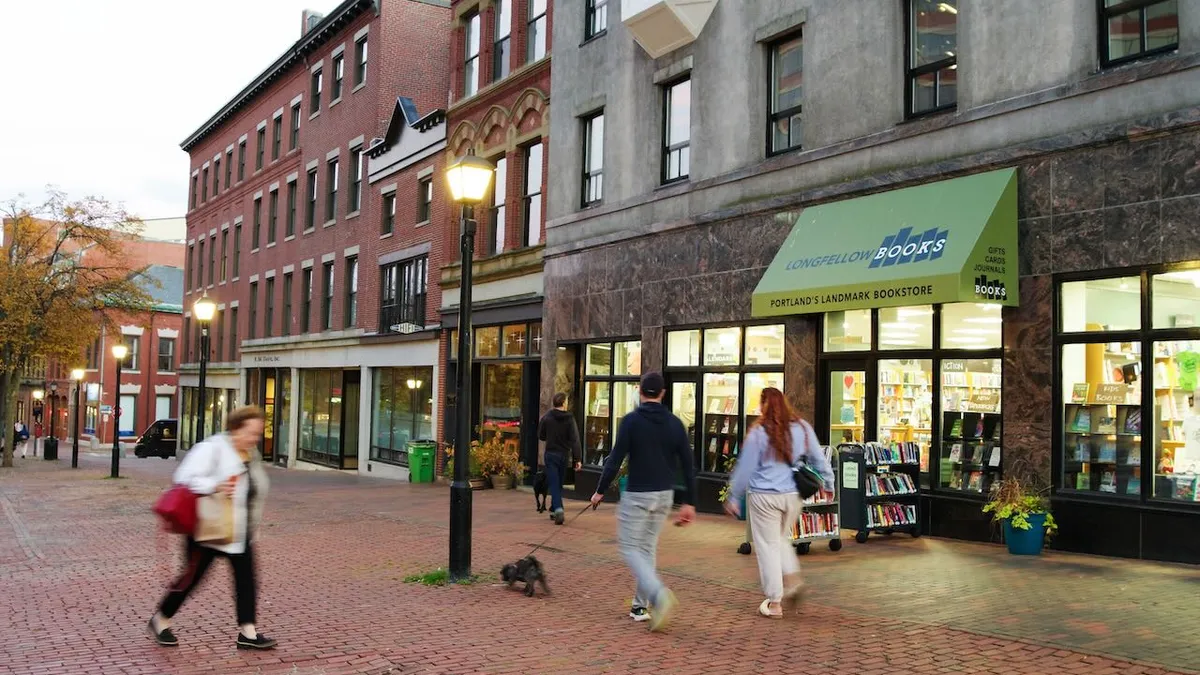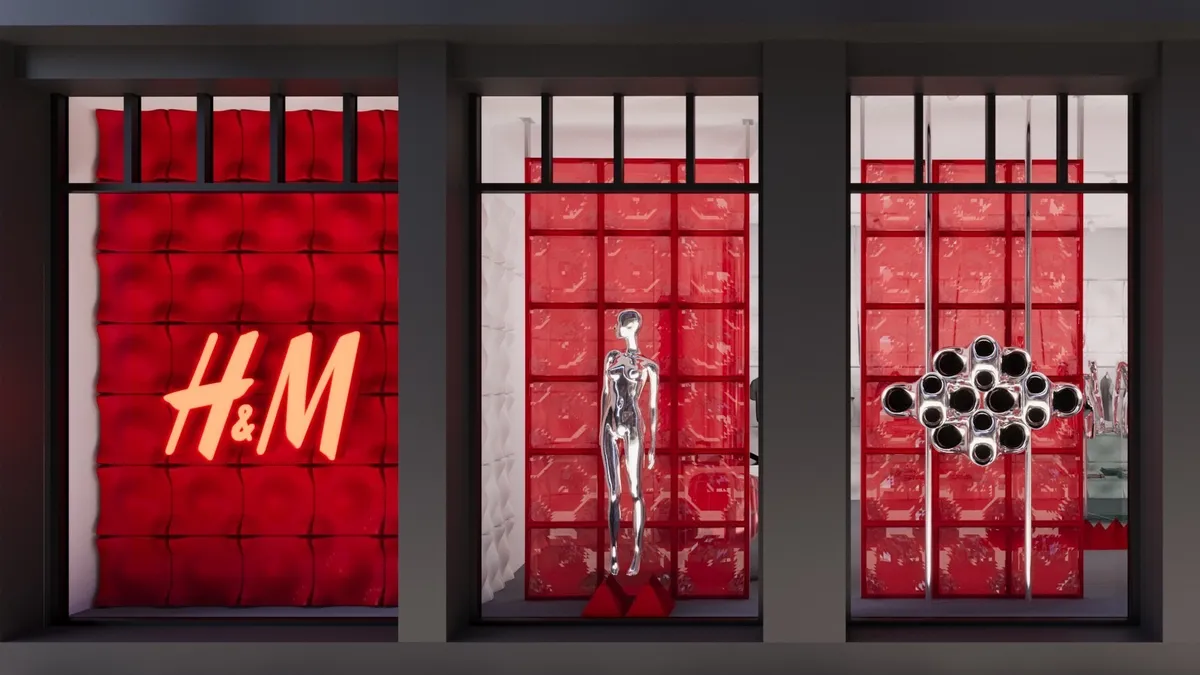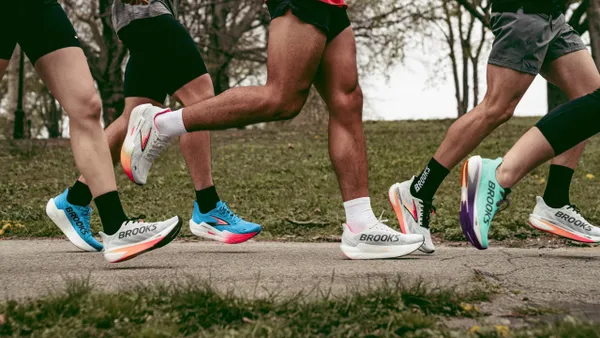Hurricane Matthew is closing in.
The most powerful storm to threaten the Atlantic Coast in more than a decade plowed toward U.S. shores Thursday afternoon. Already blamed for more than 100 fatalities across the Caribbean, Matthew is expected to wreak havoc up and down the eastern seaboard in the hours to come.
“Extremely dangerous, life-threatening weather conditions are forecast in the next 24 hours,” the National Weather Service pronounced early Thursday afternoon. “Airborne debris lofted by extreme winds will be capable of breaching structures, unprotected windows and vehicles.”
Officials in Florida, Georgia, North Carolina and South Carolina have declared states of emergency, instructing millions of residents to evacuate. Florida Gov. Rick Scott urged residents who remain to stock up on enough food, water and medicine to last at least three days.
“This storm will kill you,” Scott warned Thursday morning.
As the storm makes landfall, here's a look at how retailers are responding to the storm — and the impacts it could have on the sector well after it passes.
Home improvement to the rescue
Hurricane Matthew is not the first storm that retailers have weathered — and it won’t be the last. Well before Matthew made landfall, merchants large and small began bracing for the worst.
Extreme weather warnings are synonymous with consumer raids on grocery stores, hardware stores and convenience stores. Reports suggest that many East Coast merchants anticipated the impact of the storm and ordered extra supplies ahead of time, but even so, some regions are already experiencing shortages of staples like water and propane. In anticipation of price gouging, North Carolina is enforcing price gouging laws to halt misconduct by manufacturers, retailers and distributors.
Home Depot and Lowe’s, the nation’s largest home improvement retailers, both instituted emergency plans at midweek. Home Depot activated its Cobb County, GA-based disaster command center on Wednesday, FoxBusiness reports. The effort consolidates supply chain, merchandising and human resources operations on the same floor, Home Depot spokesman Stephen Holmes explained, noting that staffers are working around the clock to move inventory into areas in Matthew’s path.
Home Depot also operates a distribution center dedicated to hurricane relief. The site, located in Florida to enable more efficient supply distribution across the southeast region, is home to a range of equipment and tools including generators, tarps, flashlights and chainsaws, as well as bottled water and other supplies.
Lowe’s maintains its own emergency command center in Wilkesboro, NC, FoxBusiness notes. The site, which has tracked Matthew since its formation, is staffed 24 hours a day to ship supplies and equipment to areas in need; Lowe’s also operates distribution centers in Florida, Georgia and North Carolina with additional emergency supplies at the ready.
Drugstore retailers prescribe planning ahead
Home improvement retailers aren’t the only merchants taking steps to minimize Matthew’s impact. CVS Pharmacy is moving generators into target areas and stocking stores with emergency items like bottled water, batteries, flashlights and first aid supplies.
Patients in affected areas who have signed up for CVS's automated notification programs may receive automated phone calls, text messages and mobile app notifications regarding their current prescriptions, the drugstore retailer said in a statement. The alerts are designed to let patients know when their prescription is ready to be picked up, remind them when a prescription is ready for refill and inform them where they can pick up medication during emergency situations.
“We have been working with insurers to allow for early refills in certain cases and since the storm warnings have begun, we have been reaching out to our pharmacy patients via text message and email where possible to remind them to refill prescriptions in advance of the hurricane,” Kevin Hourican, CVS Health's executive vice president of retail pharmacy and supply chain, said. “In addition, through CVS Caremark, our pharmacy benefit management company, we have activated a process that allows us to provide one-time emergency refills of a 10-day supply of medication for plan members impacted in the areas affected by Hurricane Matthew."
Rival Walgreens urged consumers to follow evacuation orders and refill medications after first reaching a safe location: “This allows you to avoid potentially long lines at your local pharmacy, and you won’t need to needlessly delay your evacuation,” the company explained in a statement. Walgreens also recommended that customers take with them a waterproof bag containing their current medication (even if the bottle is empty) to help pharmacy staffers more quickly fulfill requests, and to keep a written record of current prescriptions with other valuable papers and files.
Walgreens added that some locations may temporarily close due to the hurricane, but pledged to reopen those stores as quickly as possible.
Ports in the storm
Hurricane Matthew likely will impact the retail sector well after the storm runs its course: Major seaports are in its path as well, potentially delaying shipments of retail goods for an indeterminate period of time.
The Wall Street Journal reports that officials in South Carolina have reversed the direction of vehicular traffic on the main highway leading into the Charleston area. While the move is designed to help residents evacuating the city, it also blocks traffic coming into the Port of Charleston, one of the East Coast’s busiest gateways for retail goods imports.
Several container ships reportedly set sail from the Port of Charleston Wednesday night, ahead of the storm’s arrival. Workers anchored empty containers across the port’s yards “so they don’t become projectiles” in case of high winds, South Carolina Ports Authority President and CEO Jim Newsome told the Wall Street Journal.
Outside of South Carolina, the U.S. Coast Guard implemented port condition Zulu for Port Miami, Miami River, Port Everglades, Port of Palm Beach, Port of Fort Pierce and all other regional ports as of 8:00 pm Wednesday, and the Georgia Ports Authority will close gate operations and restrict vessel arrivals beginning at 6:00 pm Thursday. Expect other ports to issue status updates as the hurricane moves further inland.
Weather’s impact on retailers
No one can fully anticipate the dramatic, destructive impact from a storm as powerful as Hurricane Matthew. But Paul Walsh, vice president of weather strategy and business meteorologist at The Weather Company, told Retail Dive earlier this year that merchants should still leverage the data at their disposal to neutralize the impact weather can have on sales.
Weather prediction tools and analytics have become increasingly accurate over the years, Walsh said, noting that savvy retailers can now gain insight into long-range weather patterns that can help them plan their inventories well ahead of time, mitigating the effect that unseasonable warm stretches or cold spells can have on revenues.
“When it’s 70 degrees in New York, people aren’t going to buy a winter jacket, they just aren’t,” Walsh said. “But retailers can think about ways to strategize around that… As a retailer you can start to fine tune what your weather strategy is — not just what you can expect, but more importantly, what that means for your customers. It matters how you can execute that, to make sure that you’re in stock at the right price and at the right time, and that your customer knows it.”
Walsh says that retailers staring down potentially catastrophic events like Hurricane Matthew should first assess their inventories, make sure in-demand merchandise is in stock, and begin thinking about staffing and advertising decisions. From there, retailers must make store staffing and closing decisions that balance the needs of their customers with the safety of their employees.
“This is when the largest retailers put together a weather war room with 24/7 monitoring to follow the weather forecast, so they can keep the store open as long as possible without endangering their workers,” Walsh said.
The mad dash to buy home supplies, bottled water and other storm survival fixtures typically doesn’t translate to a windfall for retailers, Walsh says, but retailers also don’t lose money once consumers take shelter. That’s in part because there’s a rebound effect once the worst is over and people re-stock their shelves.
“Retailers generally don’t make money from a storm,” Walsh said. “Their main mission is to stay in stock and be there for their customers, and sustain the demand and make the right decisions.”


